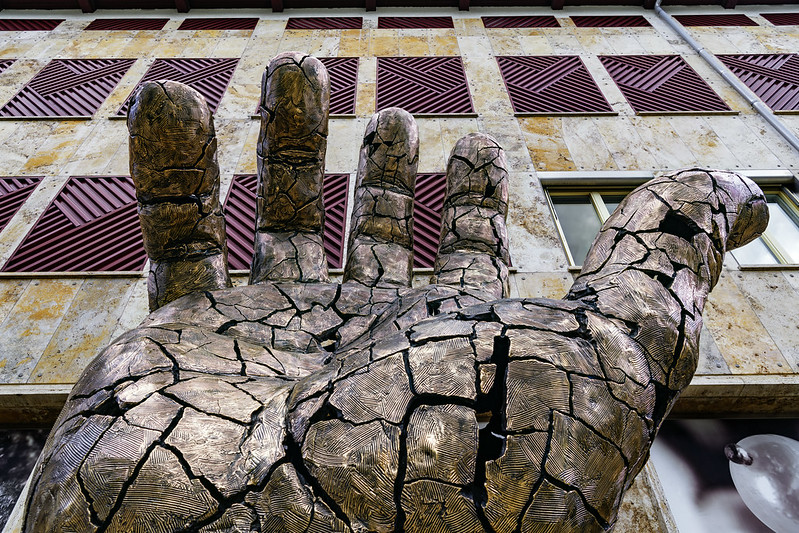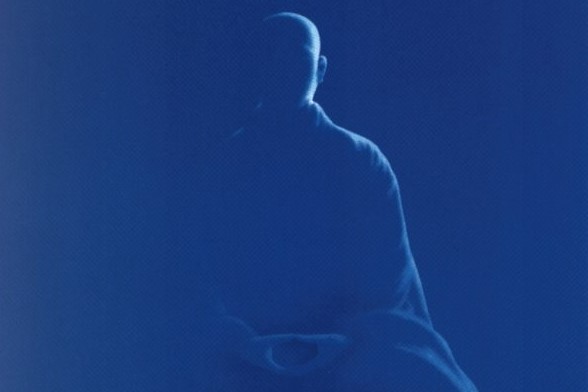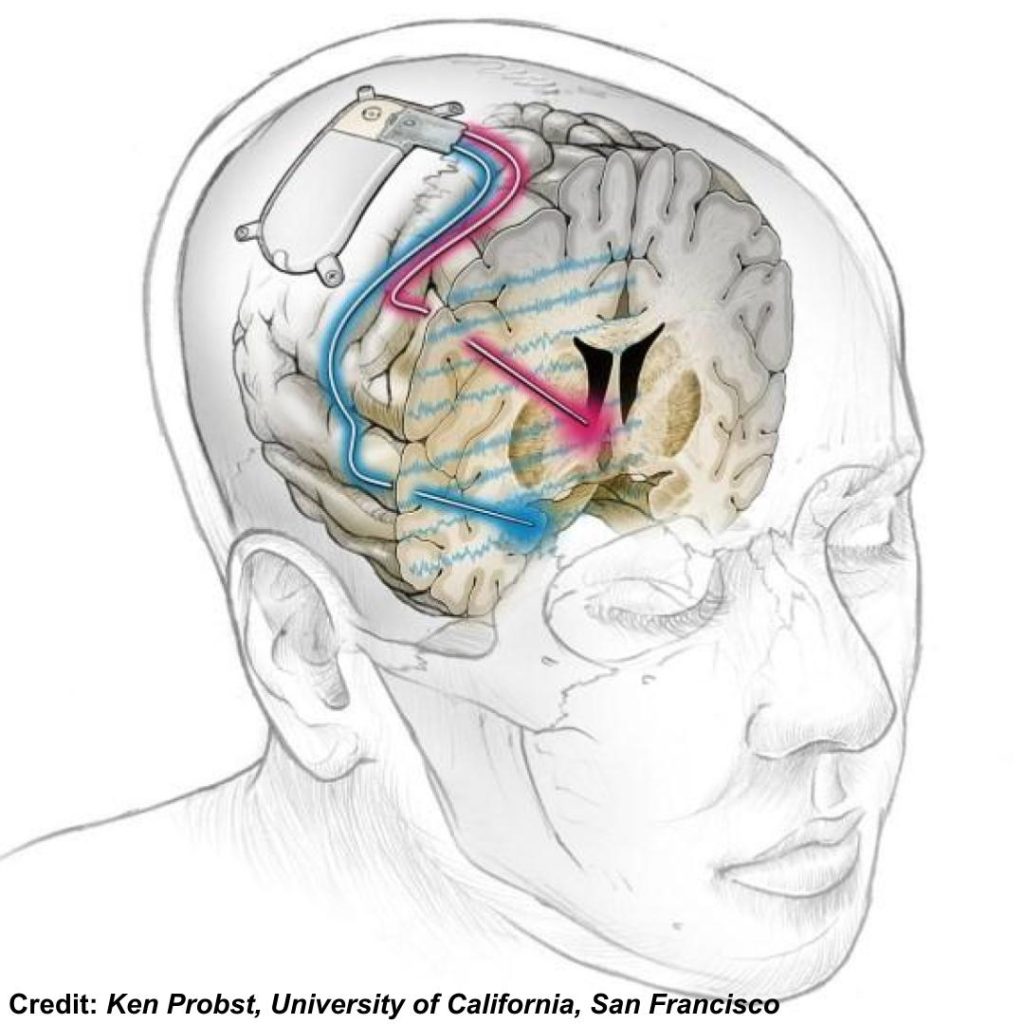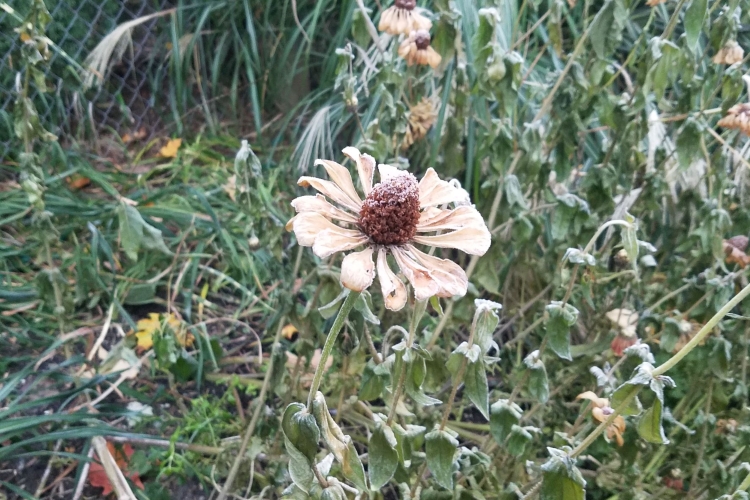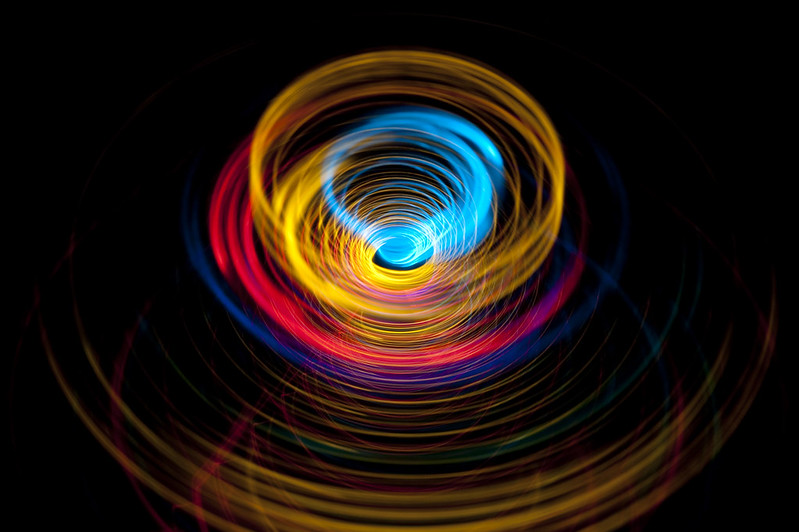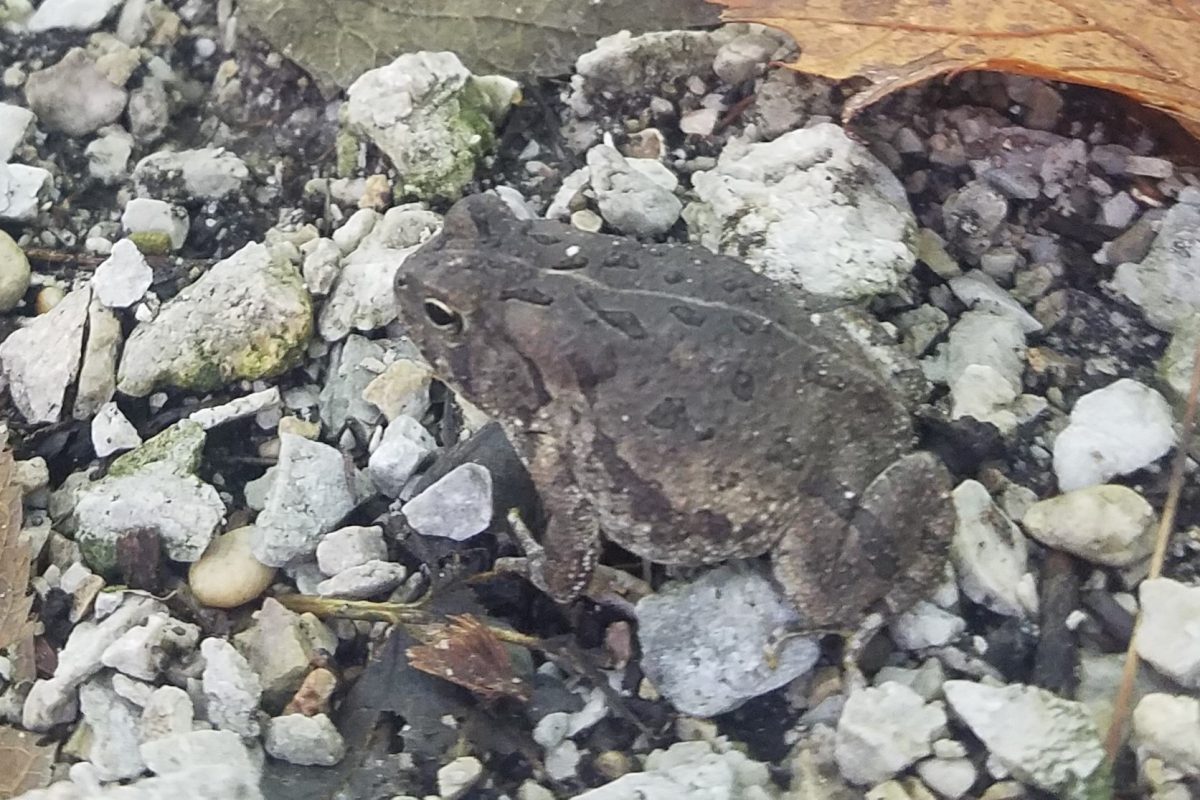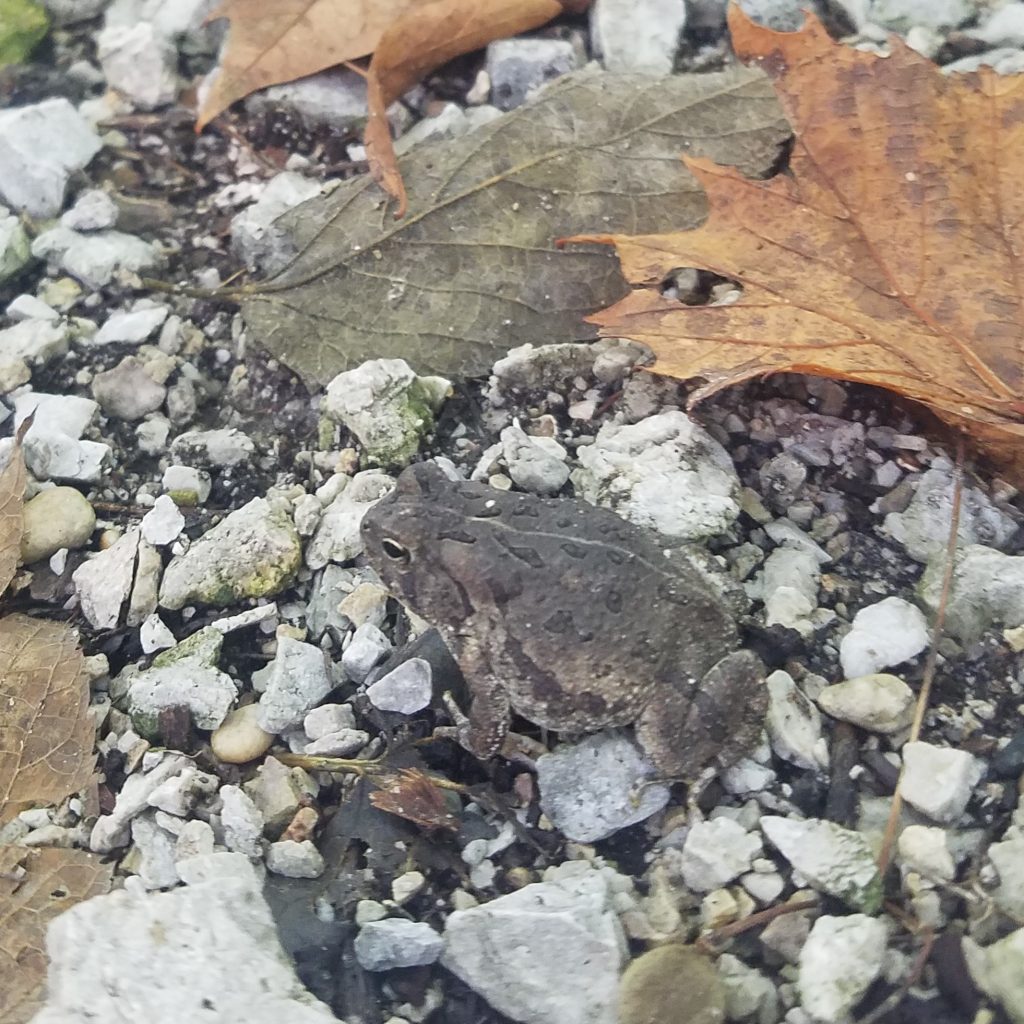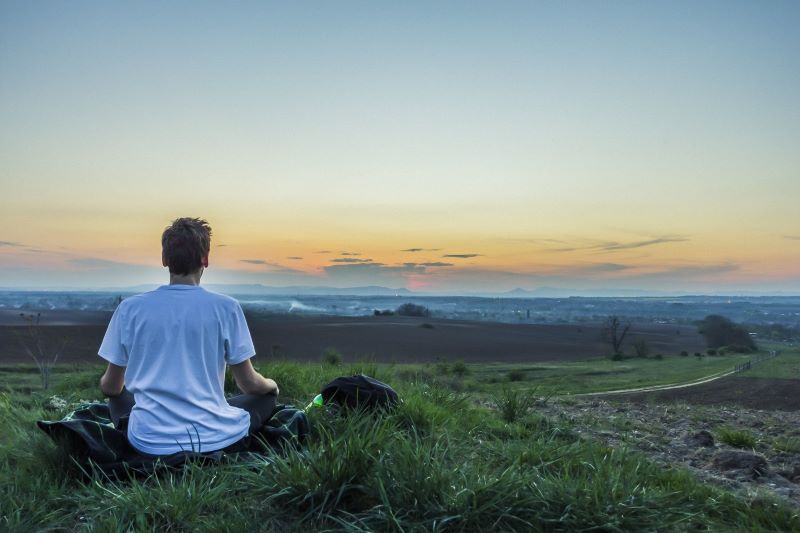
Looking back over the year, it has been a few months since I posted any new essays, and I wanted to share an update before the year comes to a close. Part of me is not surprised to see that my writing has slowed down a bit. Putting my thoughts into words has always been a struggle for me, not something that I naturally gravitate towards. So, without making a constant effort, writing is easily crowded out by other (important) parts of my life, such as family and work.
But also, our time is limited, and to take on new projects means that the energy that we invest in a new pursuit has to come from somewhere. This year, I have put more of my time into a new(ish) effort – working to bring more mindfulness programming to my college and our local community.
As I’ve mentioned before, I stumbled across Zen when I was a high school student, mainly through the book Zen Flesh, Zen Bones. My early Zen practice was mainly self-guided, since in the 1990s, I had very little access to Zen centers or temples in our rural Midwestern town. At that time, I don’t recall every coming across the concept of mindfulness, or mindfulness practice, as it is commonly used today.
In college, as I began to explore majoring in psychology, I became very interested in the science of meditation. That led me to research on meditation and Zen, and then to the mindfulness-based stress reduction (MBSR) course, which had been growing in popularity. Even at that early point in mindfulness research, I appreciated the solid body of research that was developing, which suggested that the program could be helpful for people dealing with a range of conditions (from chronic pain to anxiety and depression).
In the summer of 1998, I found myself in the fortunate position of having financial support for a summer internship (through funding my college received from the Ronald E. McNair program), which made it feasible for me to search for an unpaid summer research internship. Taking a chance, I wrote to the Center for Mindfulness at the University of Massachusetts Medical Center, where Jon Kabat-Zinn had developed MBSR. I don’t still have a copy of that letter, but I am sure that it was probably very “cringey” and naïve. I likely just wrote about my interest in the program and Dr. Kabat-Zinn’s work, and asked if they might be willing to let me hang around the Center for the summer. And it was my good luck that the Center agreed to let me work on a research project.
During the summer, I had a chance to immerse myself in research, and in a real research project. My responsibilities were focused on introductory tasks, like data entry and doing an initial analysis of data from a quasi-experiment that had been conducted by members of the Center. I don’t know that the study was ever published, but it felt like very serious work to me, and it meant a great deal to me to be entrusted with any part of a real research project. For my development of an identity as a psychologist and scientist, this is still something I look back on as an important moment in my life.
And, that summer was also an important moment for my meditation practice. Because, while I was at the Center, I was also able to take the 8-week MBSR course, probably because the supervisor for my project felt it would be important for me to really understand the MBSR class. And so this MBSR class ended up being my first real exposure to meditation practice. Up to that point, all of my meditation had been self-guided, and it wasn’t until years later, after moving to Minneapolis for graduate school, that I would connect with a Zen center. So I’m grateful for my time at the Center, for both my development as a researcher and in my meditation practice.
After that summer, I really didn’t do much with MBSR professionally for quite a while. For my personal practice, I did feel that I drew on my experiences in the MBSR course, but I continued to mainly focus on Zen. In psychology, my interests shifted away from mindfulness and to focus on cognition and the brain. And, it was actually while I was at the Center for Mindfulness in ’98 that I started to become fascinated with neuroscience, and how our understanding of the physical basis of our mental experiences, including meditation, was developing at a rapid pace.
Returning to college in the fall, I decided to pursue a PhD in Neuroscience, and shifted my focus from meditation to more basic questions about learning and memory. Over the years, I have done a few projects focused on mindfulness (including one on the relationship between mindfulness and resistance to the impacts of sunk-costs), but this work never became the center of my research or teaching.
I do recall a few times where I considered seeking out training to teach MBSR, mainly for pragmatic reasons: I had a few specific research questions about mindfulness, memory, and the hippocampus. And, to pursue those questions (at a small college in a mostly rural part of the Midwest), it would have been very useful to be able to offer MBSR. But, I never found the right time to move forward with this idea.
That changed in the past couple of years. I have always recommended MBSR as something that may be helpful to anyone struggling with anxiety, depression, and stress. And coming out of the COVID-19 pandemic, I found myself recommending the program to more and more people. While no single technique or approach can help everyone, I believed in MBSR and other mindfulness-based interventions, and thought they could be of help to friends, family members, colleagues, and students who seemed to be struggling.
Occasionally, someone would be interested and ask how they could learn more, or find an MBSR course. And in that moment, it hurt to realize that there really weren’t many options (locally, and in-person) that I could recommend. I just lived with that regret until January of 2023, after one-too-many conversations with someone who had really struggled in our community during the pandemic. Then, I decided that I wanted to do something, and that being able to offer MBSR could be a way to be of help to my community that would be well-aligned to my professional interests (as a psychologist and neuroscientist).
This turned out to be an opportune time to start MBSR training. Over the years, I had a strong personal Zen practice, and had completed enough intensive retreats to be eligible to start teacher training. And, while there were no in-person options for MBSR teacher training in my area, there were good virtual programs.
Perhaps one benefit of the pandemic, for me, was to have found that I had become more comfortable using tools such as Zoom in my teaching and collaborations (though I still preferred in-person classes, meetings, etc.). So, I took the plunge, and started courses through the Global Mindfulness Collaborative, finishing the first level of training (“Qualified Level 1”) in the spring of 2024.
Over the past year, I’ve worked to bring more meditation and mindfulness practice to our community, teaching mindfulness classes at my college and offering MBSR to my campus and to the larger community by partnering with a local yoga studio (Quest for Balance Wellness).
I don’t see this work to support mindfulness practice (and MBSR) as directly related to my Zen practice. I really make an effort to approach mindfulness training as a psychologist, and offer these techniques as a secular training program (while still acknowledging the Buddhist roots of programs like MBSR). I do think that more deeply wading into mindfulness, and offering MBSR courses has been nourishing for my own practice, and that it can be very beneficial to my community. And, I’m looking forward to continuing to explore mindfulness and meditation practice with anyone who wants to learn more!
